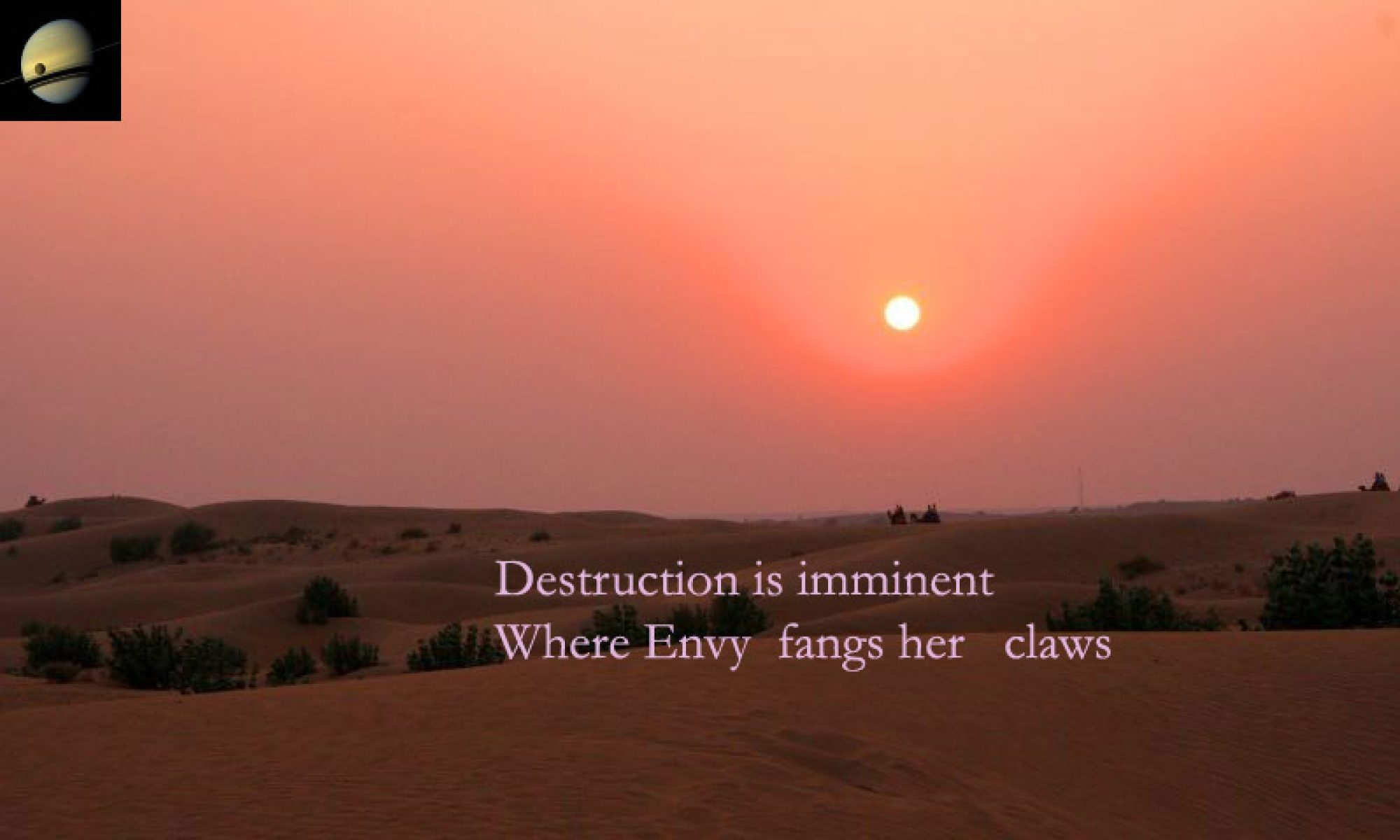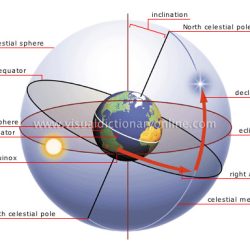Saturn in Virgo has created a draught like situation, even in water rich Kerala. Green Kerala is beautiful because of the heavy rainfalls and looks gorgeous in June/July, when the Rain gods favour her.
It has not rained for the last two days. Rains are expected in the sidereal months of Taurus, Gemini, Cancer and Leo.
Here are the rainfall cycles of Kerala
Edavam – The sidereal month of Taurus, when rains start to come. After 15 th May. When the Sun enters sidereal Taurus
Edava Pathi – The second half of Taurus, after 01 June. Rains are here to stay.
Makiryam Jnattuvela – After 7th May. This period is characterised by fierce rains. When the Sun enters the constellation of Mrigasira.
Thiruvathira Jnattuvela – After 22 May, when Sun enters the constellation of Aridra. Rains continous.
Punartham Jnattuvela – Fierce but intermittent rains. When the Sun enters the constellation of Punarvasu.
The Vedic seers gave prime importance to rains. This is indicated by their prayer
May there be plenty of rains and may the earth become fertile.
( Kale Varshe thu parjanya Prithvi Shasya Shalinee ).
Dogmatic Theology and their followers are ignorant of the Laws of Nature. They maintain that the Creator and the Created are totally different. It is the Creator who has become the Created and Nature is He in Manifestation.
Cattle like people , devoid of scientifc and philosophic knowledge, have destroyed the holy groves and paid scant respect to Nature. Their ignorance, bigotry and hatred have destroyed the vast treasures of our race. Mass deforestation has been resorted to by them. ( Another set of dogmatists are responsible for increasing labour charges, which had led to owners abandoning their paddy fields, whch are not now viable. The paddy fields have now become parched and have a desert, semi arid look) . Now they are reaping for their misdeeds as they face a water deficient land !
Kerala lies close to the equator, compared to other Indian provinces. A pleasant and equitable climate characterise this Nature blessed land. This is because of the state’s proximity to the sea and the presence of the fort Western Ghats on the east. Kerala would have been an arid land, if not for the Western Ghats which prevent this wind from entering the land. Kerala used to get copious rain ( almost 3000 mm ) in a year. Earlier the temperature used to range from 28 degrees to 32 degrees ( Now it is 42 degrees ) on the plains and 20 degrees in the highlands. The Highlands of Kerala, tourist attraction centers, enjoy a cool and invigorating climate the year-round.
Now the time is ripe for the South West Monsoon, which begins from the end of May or early June, with the advent of the South West Monsoon Winds. Torrential rain characterise this phase. Being the first state to be hit by the monsoon winds and lying on the windward side of the mighty Western Ghats, Kerala receives immense rains.
85% of the rains received in Kerala are due to the monsoons. Monsoon Tourism will take off from June onwards. The slopes of the Western Ghats are amongst the regions in India which receive great rains. The South West Monsoon in Kerala lasts till the end of September.

